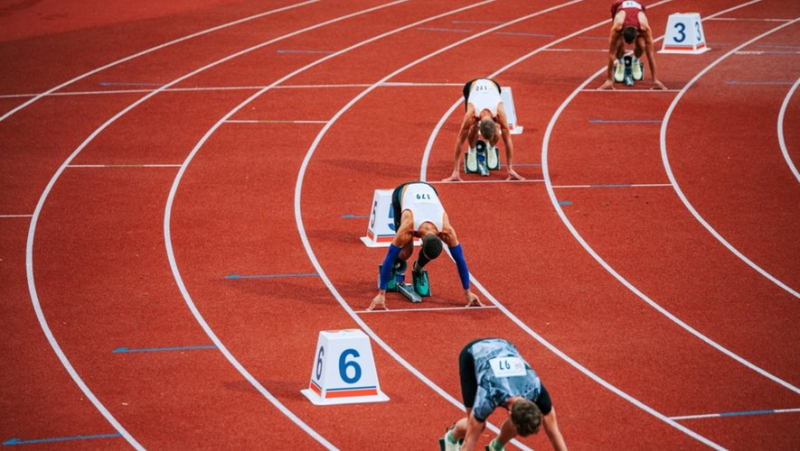'He's destroyed': 400m champion explains why the race is so painful for athletes

Athlétisme : pourquoi le 400m est-il si douloureux…
Championne olympique du 400 mètres, la Française Marie-José Pérec parle de ce tour de piste comme d’un supplice : "une course pas normale" au cours de laquelle "le corps est poussé à l’extrême" ! Avec des douleurs indescriptibles. Comment expliquer cette spécificité ?
In athletics, the 400m event is often described as “apart”. In an issue of the daily newspaper Libération from August 2006, French coach François Pépin describes it perfectly: “A sprinter in the 100m or 200m is exhausted when he finishes. A 400m runner is destroyed“…
The reason can be summed up in one word: lactates. To understand, we must return to the notions of aerobic and anaerobic. “Running uses different energy sources, depending on the effort produced“, analyzes Jean-Jacques Minne, coach of the French Athletics Federation and within the Azur olympique de Charenton.
“Over long distances and therefore endurance, the preferred one is aerobic, with a metabolic process that uses carbohydrates and lipids in the presence of oxygen as a priority. But, if its capacity is very high, its power is relatively limited".
Sudden increase
"If the energy systems operate simultaneously, over sprint-type distances, anaerobic becomes the predominant system. Precisely, lactic anaerobic in the 400m“, continues the coach to describe a complex process that requires numerous chemical reactions at the level of the metabolic pathways.
“One of the main ones, to provide energy, is the transformation of glucose into glycogen, which will then lead to the production of lactates", continues Jean-Jacques Minna. During light or moderate intensity exercise, the blood lactate concentration changes little compared to rest. On the other hand, it increases suddenly, with the intensity of the effort.
Painful accumulation…
"Generally speaking, lactates are recycled to in turn produce energy& ;quot;, he continues. But on an effort like the 400m, "there follows such an accumulation in the blood, in a short time, that the body does not have the possibility of recycling everything".
Some of it becomes sort of waste which accumulates and creates intense pain: "to the tips of your nails", schematizes the coach. "They are difficult to bear with feelings of strong muscle contractions, headaches and other dizziness! ". And to add that "training also aims to support these very high doses of lactates in the blood". And so these pains.
Different on 100M…
On a 100m or a 200m, the feeling will be different, "because the runner will be in the lactic channel for a very short time ", he explains. Certainly, the athlete will also produce a lot of lactate due to his effort but he will not reach this threshold of accumulation which is so painful as during a 400m or an 800m.
Alone in his hallway…
Finally, Jean-Jacques Minne puts forward another reason which illustrates the very particular effort of the 400m: "it’is the last race carried out entirely in corridors. At a given moment, over an 800m, the athletes join in a peloton with strategic notions depending on the pace imposed and to which the runner adapts. On a 400, he stays alone in his lane and produces his effort alone. This mental aspect also contributes to the difficulty".




